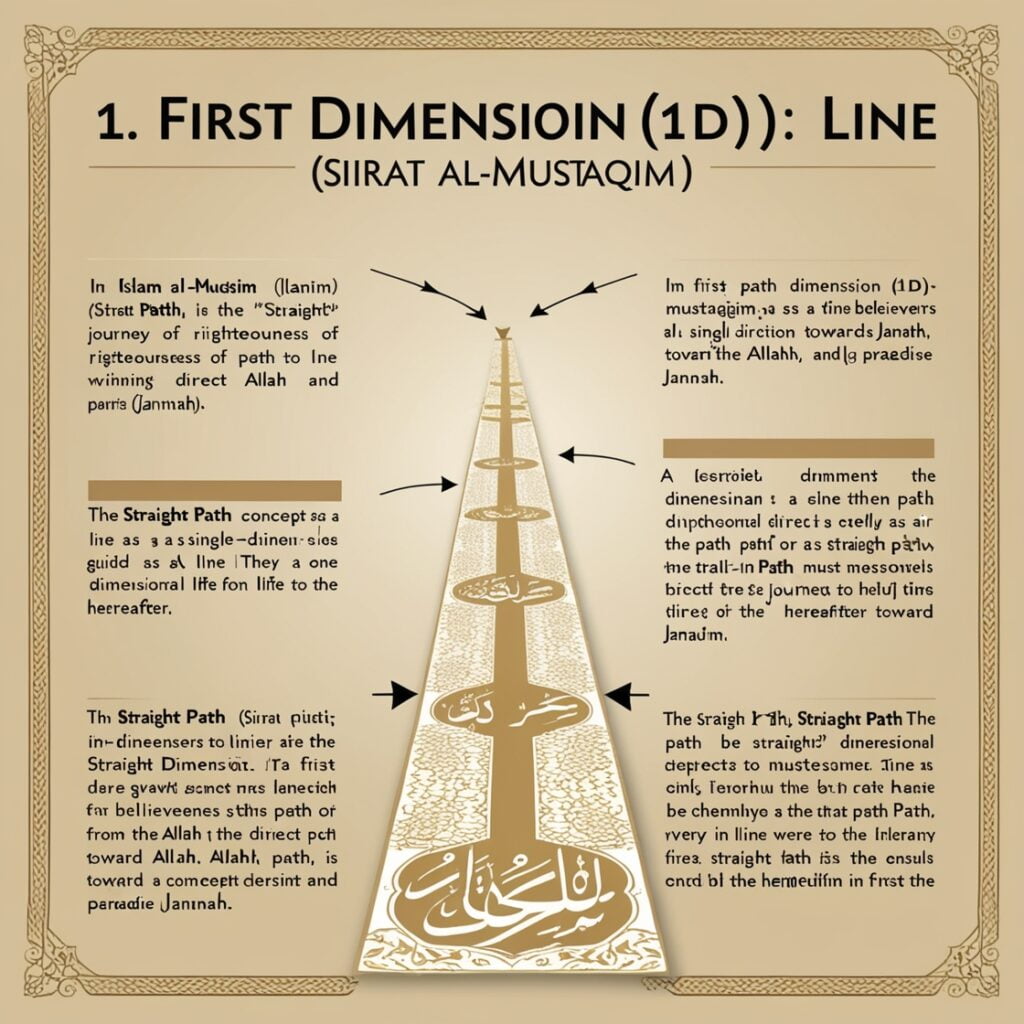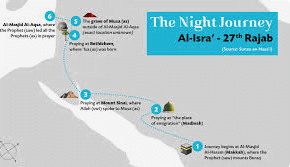What Are Dimensions?
Dimensions are the measurable extents of an object or a space, usually described in terms of length, width, height, and time. In physics, dimensions refer to the fundamental aspects of the universe that define the structure of reality. While we commonly experience three spatial dimensions and one temporal dimension (time), theoretical physics suggests that there could be additional dimensions beyond our direct experience.

1 to 11 Dimensions Explained
1. First Dimension (1D):
- A line with only length, no width or height. It represents a single point moving in a straight direction.
2. Second Dimension (2D):
- A plane with both length and width, like a flat surface (e.g., a piece of paper). Two-dimensional objects have area but no volume.
3. Third Dimension (3D):
- Adds depth to length and width, creating a space with volume. This is the dimension we live in, encompassing the three directions: up-down, left-right, and forward-backward.
4. Fourth Dimension (4D):
- Time is considered the fourth dimension in physics. It adds the concept of change or movement through three-dimensional space. Time allows for the experience of events in a sequence.
5. Fifth Dimension (5D):
- The fifth dimension introduces an alternate reality or timeline. It represents different possible states of the same universe, where small changes or decisions result in different outcomes.
6. Sixth Dimension (6D):
- In the sixth dimension, you could explore all possible universes with different laws of physics from the Big Bang to the present. It encompasses all variations of possible timelines that can occur.
7. Seventh Dimension (7D):
- The seventh dimension introduces the concept of different universes with entirely different starting conditions, beyond our own universe’s laws and constants.
8. Eighth Dimension (8D):
- An additional dimension that encompasses all possible universes with different physical laws and initial conditions, providing even more complex possibilities.
9. Ninth Dimension (9D):
- Beyond different laws of physics, the ninth dimension includes all the various possible universes, histories, and timelines that could exist, with different realities.
10. Tenth Dimension (10D):
- In this dimension, everything imaginable exists: every possible universe, timeline, and configuration of physical laws, covering all forms of existence.
11. Eleventh Dimension (11D):
- The eleventh dimension is proposed by M-theory in string theory, suggesting that beyond the tenth dimension, there is a fundamental structure of the universe, unifying all physical theories.

Higher Dimensions and Quantum Physics
In quantum physics and string theory, the concept of higher dimensions is crucial for understanding the fundamental nature of the universe. According to string theory, particles are not point-like objects but rather one-dimensional strings that vibrate at different frequencies. These vibrations are thought to occur in higher-dimensional space, which requires the existence of more than the four familiar dimensions.
- Higher Dimensions: Allow for the mathematical consistency of string theory, potentially unifying the forces of nature (gravity, electromagnetism, weak and strong nuclear forces) into a single framework.
- Quantum Fluctuations: In higher dimensions, quantum fluctuations and interactions might produce phenomena like parallel universes or multiple timelines.

Islam and Science
Islam encourages the pursuit of knowledge, including scientific understanding. The Qur’an often refers to natural phenomena and the order in the universe, prompting reflection and exploration.
- Qur’an and Science: The Qur’an contains verses that are interpreted as references to scientific facts, such as the expansion of the universe, the water cycle, embryology, and more. While some of these interpretations are debated, they reflect the encouragement in Islamic teachings for studying the natural world.
- Islam and Higher Dimensions: While the Qur’an does not explicitly discuss dimensions as understood in modern physics, Islamic theology often contemplates multiple realms of existence (e.g., the physical world, the spiritual world, the unseen).
Unlocking Mysteries and Patterns
- Wonders of Science and the Qur’an: Many scholars and thinkers see patterns in the Qur’an that correspond with scientific discoveries, arguing that these alignments reflect divine wisdom. Examples include references to cosmology, biology, and geology.
- Unlocking Hidden Patterns: Some believe that the Qur’an contains encoded information or numerical patterns that reflect deeper truths about the universe.
Conclusion
The concept of dimensions extends from our familiar experience of the world (length, width, height, and time) to more abstract ideas proposed in physics, like alternate realities, parallel universes, and multiple timelines. While modern science explores these through mathematics and theoretical frameworks, Islamic thought provides a spiritual perspective on the mysteries of existence, encouraging the pursuit of knowledge and reflection on the universe’s vastness. The intersection of science and faith offers a rich dialogue on understanding the cosmos, existence, and our place within it.

Let’s explore how the concept of multiple dimensions could be interpreted in the context of the lives and experiences of various prophets in Islam.
Examples Related to the Lives of Prophets
1. First Dimension (1D): The Straight Path of Prophethood
- Prophet Muhammad (PBUH) and the Straight Path (Sirat al-Mustaqim): The life of the Prophet Muhammad (PBUH) is often described as a journey along the “Straight Path” (Sirat al-Mustaqim). This path represents a one-dimensional line of spiritual and moral integrity, guiding believers toward righteousness and closeness to Allah. Throughout his life, the Prophet (PBUH) demonstrated unwavering commitment to this path, teaching his followers to remain steadfast on it despite trials and challenges.

2. Second Dimension (2D): The Plane of Dunya (Earthly Life)
- Prophet Nuh (Noah) and the Flood: The story of Prophet Nuh (Noah) in the Qur’an illustrates the idea of the material world (Dunya) as a plane where human actions take place. In his time, the earth was filled with wrongdoing, and Allah sent a flood to cleanse it. This can be seen as a two-dimensional representation of the earthly realm where humans make choices and face consequences.

3. Third Dimension (3D): Physical Reality and Space
- Prophet Ibrahim (Abraham) in the Fire: When Prophet Ibrahim (AS) was thrown into a great fire by his people, Allah commanded the fire to be “cool and peaceful” (Qur’an 21:69). This event demonstrates control over the three-dimensional physical space. Even though fire burns in the three-dimensional world, Allah’s command altered the properties of fire, transcending the normal laws of this dimension.
4. Fourth Dimension (4D): Time and Divine Decree
- Prophet Yunus (Jonah) and Time in the Belly of the Fish: Prophet Yunus (AS) spent an extended period inside the belly of a fish (Qur’an 37:142-144). This event illustrates the concept of time as a dimension. His survival in a seemingly impossible situation suggests a suspension or alteration of the natural flow of time, orchestrated by divine decree. This shows that Allah, who controls time, can change the natural course of events.

5. Fifth Dimension (5D): Alternate Realities or Outcomes
- Prophet Musa (Moses) and the Two Paths: When Prophet Musa (AS) led the Israelites out of Egypt, they were trapped between Pharaoh’s army and the Red Sea. Here, an alternate reality could have resulted in their capture or death. Instead, Allah parted the sea, creating a new path for them (Qur’an 26:63-65). This reflects the idea that multiple possible realities exist, and divine intervention can shift the outcome from one path to another.

6. Sixth Dimension (6D): All Possible Timelines from the Beginning to Now
- Prophet Isa (Jesus) and Different Timelines: In Islam, it is believed that Prophet Isa (AS) was not crucified but was raised to the heavens by Allah (Qur’an 4:157-158). This event suggests an alternate timeline where the crucifixion did not occur as commonly believed in another religious narrative. This aligns with the sixth dimension’s concept of all possible timelines existing from the beginning to the present.
7. Seventh Dimension (7D): Universes with Different Laws
- Prophet Muhammad’s (PBUH) Isra and Mi’raj (Night Journey): The Night Journey (Isra) and Ascension (Mi’raj) of Prophet Muhammad (PBUH) is a profound example. During this miraculous journey, the Prophet (PBUH) traveled from Mecca to Jerusalem and then ascended through the seven heavens. Each heaven could represent a different realm or reality with its own distinct laws and characteristics, reflecting the concept of multiple dimensions beyond our physical understanding.

8. Eighth Dimension (8D): Universes with Different Physical Laws and Constants
- Prophet Sulayman (Solomon) and His Control Over the Elements: Prophet Sulayman (AS) was granted control over the wind, jinn, and even the animal kingdom (Qur’an 21:81-82). These abilities suggest a command over different elements and forces, as though he could manipulate different sets of physical laws, similar to the idea of different dimensions where different physical rules may apply.

9. Ninth Dimension (9D): All Histories and Realities
- Prophet Khidr and Multiple Realities: The story of Prophet Khidr and Prophet Musa (AS) (Qur’an 18:60-82) provides an insight into alternate realities or events that occur outside conventional understanding. Khidr’s actions, such as damaging a boat or taking the life of a young boy, appear unjust until he explains that his actions were based on knowledge of possible futures and realities unknown to Musa. This reflects an awareness of all possible histories and outcomes.

10. Tenth Dimension (10D): Everything Imaginable Exists
- Prophet Muhammad (PBUH) and His Knowledge of the Unseen: During the Night Journey and Ascension (Isra and Mi’raj), Prophet Muhammad (PBUH) was shown aspects of both Paradise (Jannah) and Hell (Jahannam), as well as the fates of different individuals. This can be seen as an example of a higher-dimensional experience where everything imaginable — all states of existence, past, present, and future — exists simultaneously in divine knowledge.

Conclusion
While Islamic texts do not explicitly mention dimensions as modern physics describes them, the lives of the prophets provide many examples that can be interpreted to align with the concept of multiple dimensions. These interpretations demonstrate the vastness of Allah’s power and the richness of Islamic teachings, which encourage reflection on both the seen and unseen realms of existence. The stories of the prophets, filled with miraculous events and divine interventions, offer a unique spiritual perspective on the multi-dimensional nature of reality.
if you have any suggestions kindly comment and below
also u like more posts like this follow us for more







